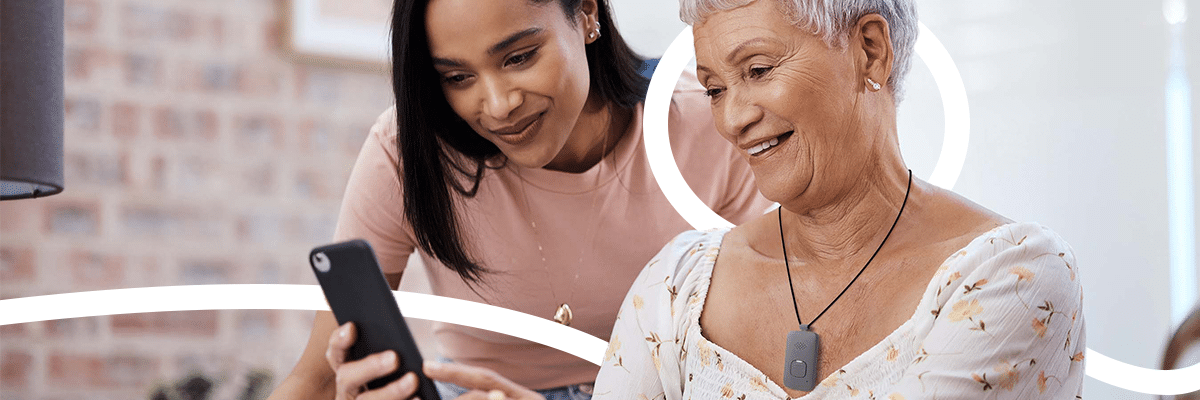Caregivers are the heart of our nation’s long-term care system. They provide essential support for individuals who cannot care for themselves due to age, illness or disability. From assisting with basic needs to offering emotional support, the care they provide is invaluable and impacts millions of lives across the country.
Caregivers come in many forms—like the mother of two who juggles a full-time job while checking in on her aging parents, or the nephew who pauses his plans to move in and care for his aunt, or the home health aid balancing two jobs just to put food on the table for her family. Each story reflects the quiet sacrifices made every day to keep loved ones safe and supported.
The Significance of the Caregiver Shortage
Today, the nation’s caregiver shortage has reached a breaking point. The workforce is short more than 130,000 workers, and the gap is expected to widen in coming years. At the same time, demand for caregiving is increasing. By 2030, 1 in 5 Americans will be over the age of 65, creating a surge in the need for care and support in the home.
This imbalance affects our nation’s senior population and places heavy demand on the caregiving workforce and family members. There are approximately 43 million unpaid caregivers in the U.S., many of whom balance full-time jobs with caregiving responsibilities. Over half of family caregivers report difficulty managing their careers alongside their caregiving duties, adding stress and risk of burnout.
4 Ways Digital Health Technology Can Support Caregivers
Solving this crisis will require policy changes, better support for caregivers, and practical innovation. Digital health technology is a key part of the answer. The right tools can bridge resource gaps and strengthen care at home for both seniors and caregivers.
These technologies deliver 24/7 support, monitoring, and access to care—whether for individuals living alone, managing medical conditions, or simply seeking peace of mind, that help is always within reach.
1. Personal Emergency Response Services (PERS)
PERS devices give individuals immediate access to emergency and non-emergency support, often with fall detection, GPS, and mobility tracking. For those living alone or with limited mobility, a singles press connects them to help in the event of a fall or health issue. Benefits include:
- Faster response times during emergencies
- Added confidence for aging adults and their families
- Location awareness with GPS for safer community mobility
- Fall detection can automatically detect a fall, even if the user is unable to press the alert button
2. Remote Patient Monitoring (RPM)
Remote patient monitoring (RPM) programs enable healthcare providers to track vital signs and symptoms from home. When trends change, care teams can intervene sooner. Benefits include:
- Early detection of worsening conditions
- Fewer avoidable hospitalizations and ER visits
- More proactive, personalized care plans that support aging in place
3. Medication Management Systems
Medication Management technology assists patients by ensuring the right dose at the right time. Automated reminders and smart pill dispensers reduce missed or incorrect doses and lighten the load on caregivers. Benefits include:
- Higher medication adherence with simple prompts
- Real-time alerts for missed doses
- Simpler management of complex regimens with secure, pre-sorted dispensing
4. Caregiver Support Apps
Caregiver support applications allow caregivers to track health updates and receive real-time notifications of any emergencies or issues. These tools provide peace of mind to families and caregivers alike. Benefits include:
- GPS location for mobile devices to pinpoint a user’s location at a moment in time
- Battery management alerts for home systems and live battery status for mobile systems
- In-app record updates that sync with customer service and the response center
From Overwhelmed to Empowered: A New Era for Caregiving
Digital health technologies help ease the caregiver burden. They extend resources, reduce costs, and support safer aging at home. As the senior population grows, these technologies will be essential to ensuring that older adults can age safely and comfortably at home while providing caregivers with the support they need.
Ready to ease the caregiver burden across your member population? Request a consultation to find the right mix of PERS, RPM and medication management for your plan.

